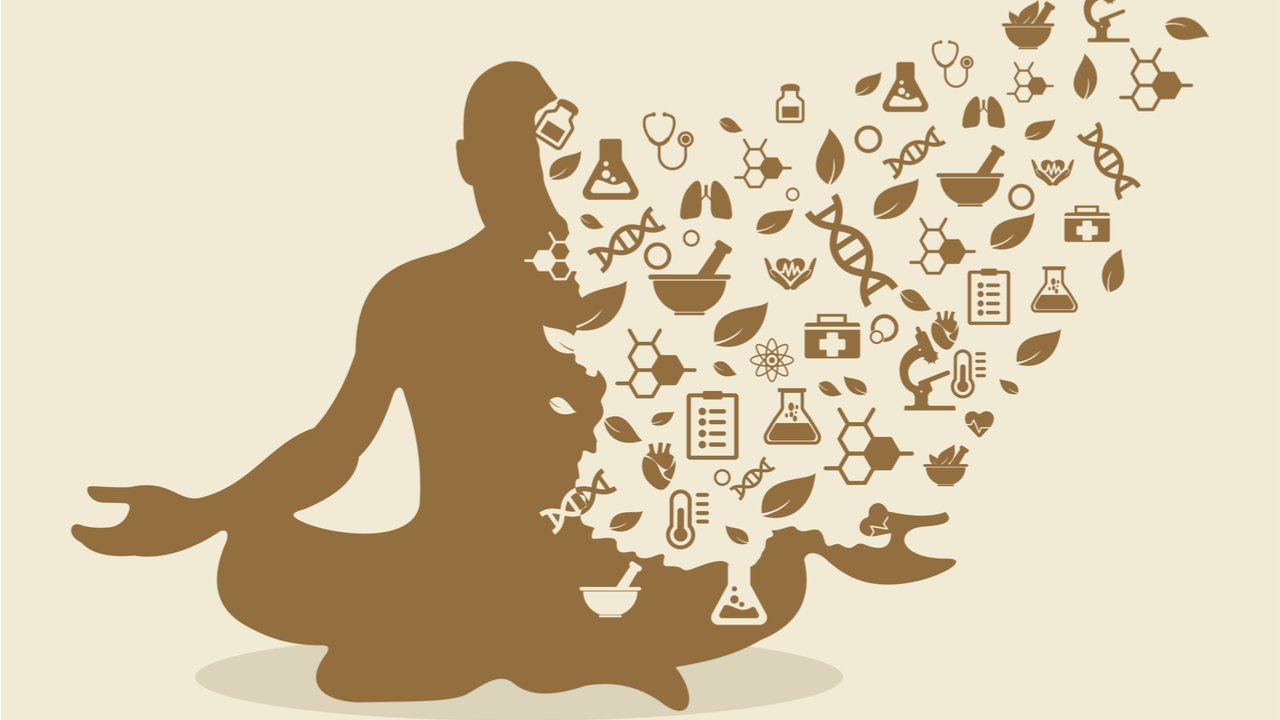History of Ayurveda
“Because we cannot scrub our inner body we need to learn a few skills to help cleanse our tissues, organs, and mind. This is the art of Ayurveda.”
― Sebastian Pole

Considered by many scholars to be the oldest healing science, Ayurveda is a holistic approach to health that is designed to help people live long, healthy, and well-balanced lives. The term Ayurveda is taken from the Sanskrit words ayus, meaning life or lifespan, and veda, meaning knowledge. It has been practiced in India for at least 5,000 years and has recently become popular in Western cultures. The basic principle of Ayurveda is to prevent and treat illness by maintaining balance in the body, mind, and consciousness through proper drinking, diet, and lifestyle, as well as herbal remedies.
Ayurveda, the traditional medical system of India, is the world’s oldest continuously practiced tradition of medicine and has been recognized by the World Health Organization (WHO) as an effective and sophisticated system of natural health care. Maharishi Ayurveda is a modern revival of this ancient system, which offers comprehensive knowledge for the prevention and treatment of disease and slowing of the aging process.
Maharishi Ayurveda is a holistic system of health care that includes mental, physical, behavioral and environmental approaches. The goal of these approaches is to enliven the body’s inner intelligence, which is understood to be a unified organizing principle at the basis of all physiological self-repair and healing mechanisms.
This inner intelligence expresses itself in the body as three primary governing factors or
doshas – called Vata, Pitta, and Kapha – which regulate the different functions of mind and body. When these three doshas are in balance, they promote good health and longevity; when they are out of balance, they produce disorder and disease. When examining a patient, the practitioner trained in Maharishi Ayur-Veda will first diagnose the underlying state of balance or imbalance of the three doshas and then, based on this assessment, prescribe therapeutic regimens to restore balance.
Click on any of the links below, to explore Ayurveda in depth
How does Ayurveda Work?
“University of Maryland”